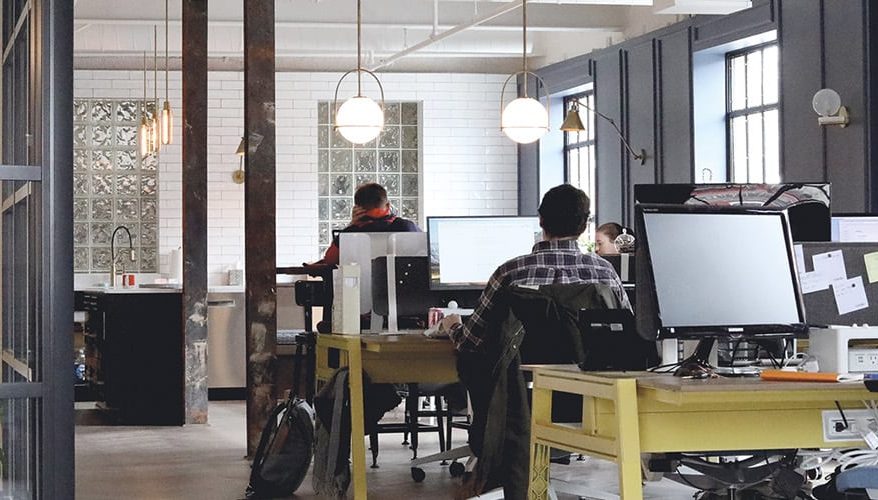
There is a stereotypical idea of a modern workplace – very stylish and maybe a little industrial looking, with millennial-friendly touches like sofas or coffee bar areas, all the latest technology and most likely open plan in design. This vision is a far cry from the reality of many offices, particularly within industries whom are more tied to tradition, but there is one similarity amongst many: UK-based offices have embraced general plan layouts.
The consensus seems to be that open plan spaces are better for the modern workplace – but is this true? And is it a globally-applicable truth?
To answer this question, we need to look at how attitudes to work vary. According to The Modern Workplace 2018: People, Places & Technology Report, UK business leaders have found working attitudes to be very different in their home country, in comparison with the US. One notable difference was identified in the same report: Americans were found to be significantly more positive about their workplaces, and this is likely due to the fact that moving jobs is more of a regular occurrence for them, due to notice periods and contracts.
Perhaps Americans are happier at their jobs because they choose to be there?
This shows us that it isn’t straightforward to identify why a workplace might foster a positive attitude.
Clearly, global attitudes to work can differ wildly. When it comes to open plan vs cubicle office layouts, different countries have different preferences, no doubt influenced by these attitudes. In Australia, the open plan layout has been successful:
“When I joined two and a half years ago there was no vibe, so I made it more open – I removed all the booths and barriers”. ~ The Modern Workplace 2018: People, Places & Technology Report
In contrast, Singapore remains more traditional in attitudes towards workspace design, which goes hand-in-hand with their more hierarchal approach to work – it is not uncommon for employees to reject a role if not given the appropriate space within the office.
Of course, even across different territories, the truth is that different jobs and industries have different workspace needs, and even then, needs can fluctuate at different times. Generally we consider open plan spaces as promoting collaboration and creativity, allowing employees to discuss matters more informally. This isn’t conducive for formal meetings, or impressing clients, so perhaps the question isn’t “what works?” but “what works for our needs, and when?”.



